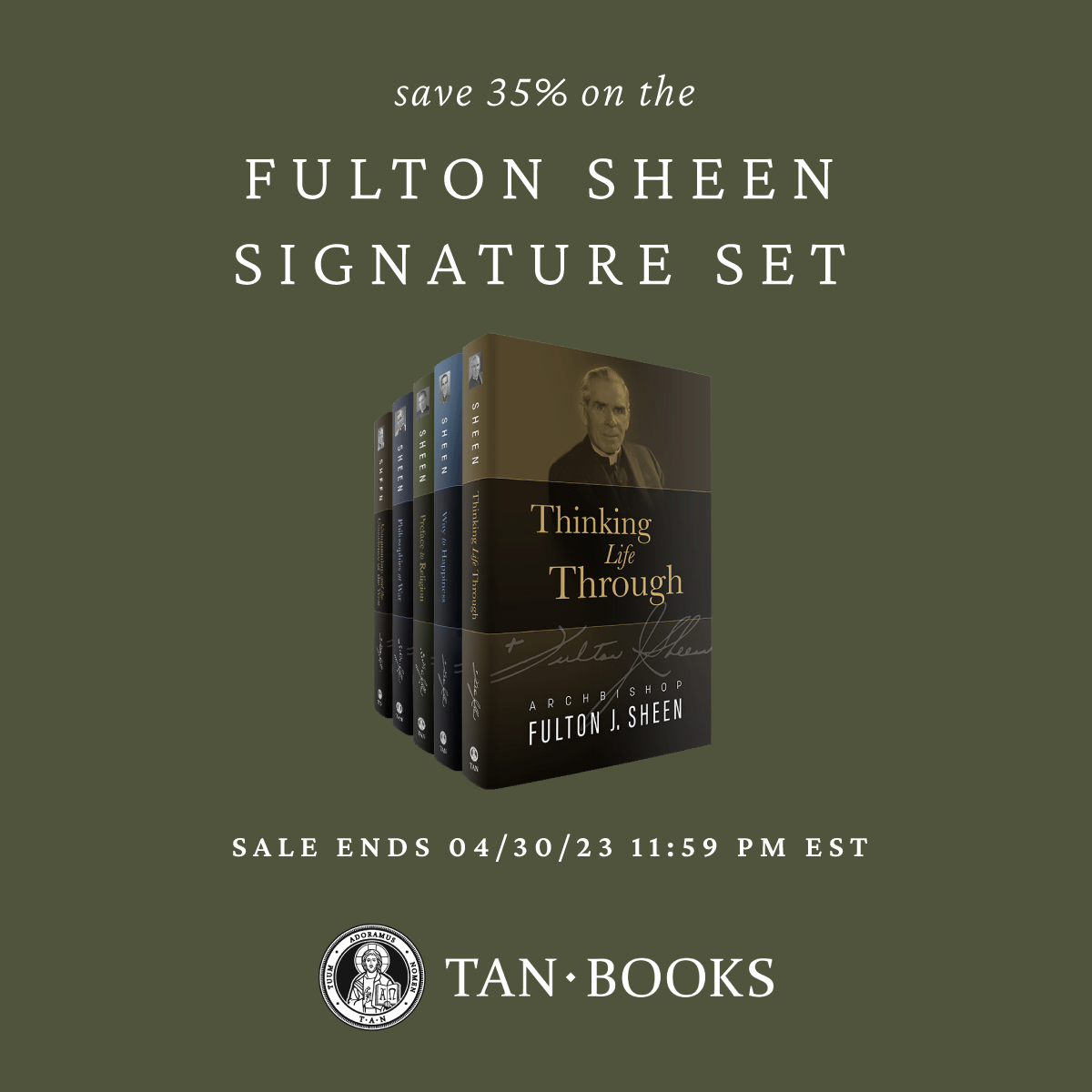The Truth about Beauty
Mary Grace Dostalik,
Throughout history, humans have always been drawn to the beautiful. Though art, clothing, and standards change and adapt, one thing remains consistent: the desire to strive for what is beautiful.
And yet, in modern parlance, beauty comes with a variety of definitions. The word beauty is associated with an entire industry focused on selling products. Through the use of filters, the proliferation of selfies, and our own FOMO, cultural elements like social media can lead us to limit the beautiful to the well-put-together and the aesthetically pleasing.
But what is beauty really? After all, the general consensus today seems to be that beauty is subjective.
Objective Beauty
The Church offers us another way of considering beauty. Plumbing this richness, Bishop Robert Barron claims that beauty can be “as objective as the true and the good.” Bishop Barron refers back to St. Thomas Aquinas’ definition of beauty. Aquinas described visual beauty as being composed of three elements: integrity, proportion, and light. Together, those elements make objects beautiful because they point to the integrity, proportionality, and light of reality and ultimately to the ordered and luminescent nature of God.
Simply put, true beauty reveals God. Yet, our world often tempts us to turn away from the beauty that is already there. Instead of acknowledging the beauty inherently present within us, we choose to chase superficial forms of beauty out of insecurity, pride, or selfishness, which does not satisfy our hearts.
True beauty calls us out of ourselves and leads us to consider higher forms of beauty. This is what Pope St. John Paul II, in his Letter to Artists, refers to as the “hidden nostalgia for God.” Sometimes, when experiencing something profoundly beautiful, we may find ourselves with tears in our eyes or overwhelmed by joy.
A personal moment of profound beauty happened when I spent some time in Ireland at the beginning of last year. While on a cliff hike overlooking the ocean, the beauty I experienced overwhelmed me, surpassing anything I would ever find on a postcard or Instagram account. It was almost overwhelming. It made me want to live better and do more. This experience of beauty both deeply satisfied my soul and left me wanting more.
And that’s what true beauty does––it pushes us beyond ourselves, strengthening our longing for the Beautiful Himself. Ultimately, we will only experience beauty fully when we come into full unity with God in Heaven. Through experiencing what is beautiful, one is ultimately experiencing God who is the embodiment of truth, beauty, and goodness.
Overcoming Obstacles to Beauty
In our modern lives, we may be tempted to look to places like social media and to use those we follow as our standard of beauty. But, as many times as we return to these places, they cannot satisfy our hearts, and may cause us to remain focused on ourselves and our own desires.
I have experienced this personally. Over the last year, I found myself struggling more and more with comparison which directly correlated with my increased time on social media. I would look at others’ put-together lives, beautifully decorated houses, and aesthetically pleasing photos. After spending time on social media, I would turn inward and consider what was lacking in my own life.
Because I began to struggle with comparison, the beauty I saw did not inspire me; it instead made me question my own worth. This struggle reminded me that part of reclaiming beauty in today’s world is remembering that the beauty of others and the snippets of their lives that they share on social media do not take away from the beauty within ourselves and our own lives. The problem with social media sometimes has less to do with the photos that exist on it, and more to do with the fact that it can skew our ability to see the light within our own lives. Therefore, the temptation of comparison is to look inward and see only what is lacking in ourselves.
Pursuing beauty, then, should move us beyond ourselves. I find this is best accomplished in real life moments. It’s incredible what a simple touch of beauty can do—the flickering of a candle in an empty chapel inspiring my heart to worship, or a vase of flowers in my living room lifting my mood. I try to decorate my apartment with beautiful artwork that inspires me to remember the ultimate Beauty: God. So far, I’ve determined that when it comes to beauty, we are invited to seek what inspires us, what pushes us towards a deeper purpose, and what brings us closer to God. The beautiful heals our hearts and gives us hope.
Encountering Beauty
Dostoyevsky wrote that “beauty will save the world.” Yet, how can we determine what is truly beautiful in a world where there are so many counterfeits? How do we move past current beauty standards, Instagram models, and unrealistic lifestyle expectations, the likes of which we scroll past daily?
Pope Paul VI may provide an answer. At the end of the Second Vatican Council, he addressed artists with these words: “This world in which we live needs beauty in order not to sink into despair. It is beauty, like truth, which brings joy to the heart of man and is that precious fruit which resists the wear and tear of time, which unites generations and makes them share things in admiration.” Share things in admiration. True beauty invites others; true beauty is attainable for every soul because it already resides in every soul.
As Catholics, we encounter beauty in a unique and extremely personal way in the Eucharist, where Christ physically comes to reside within us. Scripture, too, points us toward the beauty of the person of Jesus, who drew others in and captivated them. Christ looked upon the Apostles and helped them come into a fuller understanding of themselves and salvation history. In the first chapter of John, Jesus invites John and Andrew to “come and see” (John 1:49) and after spending time with Jesus, they are convinced that he is the Messiah. They are transformed by this encounter with Christ.
We, too, are called to this transformative encounter. The mark of this encounter is an abiding hope in Beauty Himself, who has already saved the world, even as He continues to save it in time. The marvelous reality is that we are invited to be partakers in and caretakers of the beautiful, to be carried beyond ourselves as we invite others to seek and recognize beauty. Such a movement within us begins to break the bonds of comparison, allowing us to be healed of our own selfishness and wounds. And ultimately, beauty leads us toward what John Paul II calls “the mysterious unity of all things,” because beauty cannot be kept to oneself.
Through the inspiring experience of true beauty, we are given hope. A piece of art, a radiant sunset, the smile of someone you love—all these things have the power to inspire our hearts and point them toward Christ.










